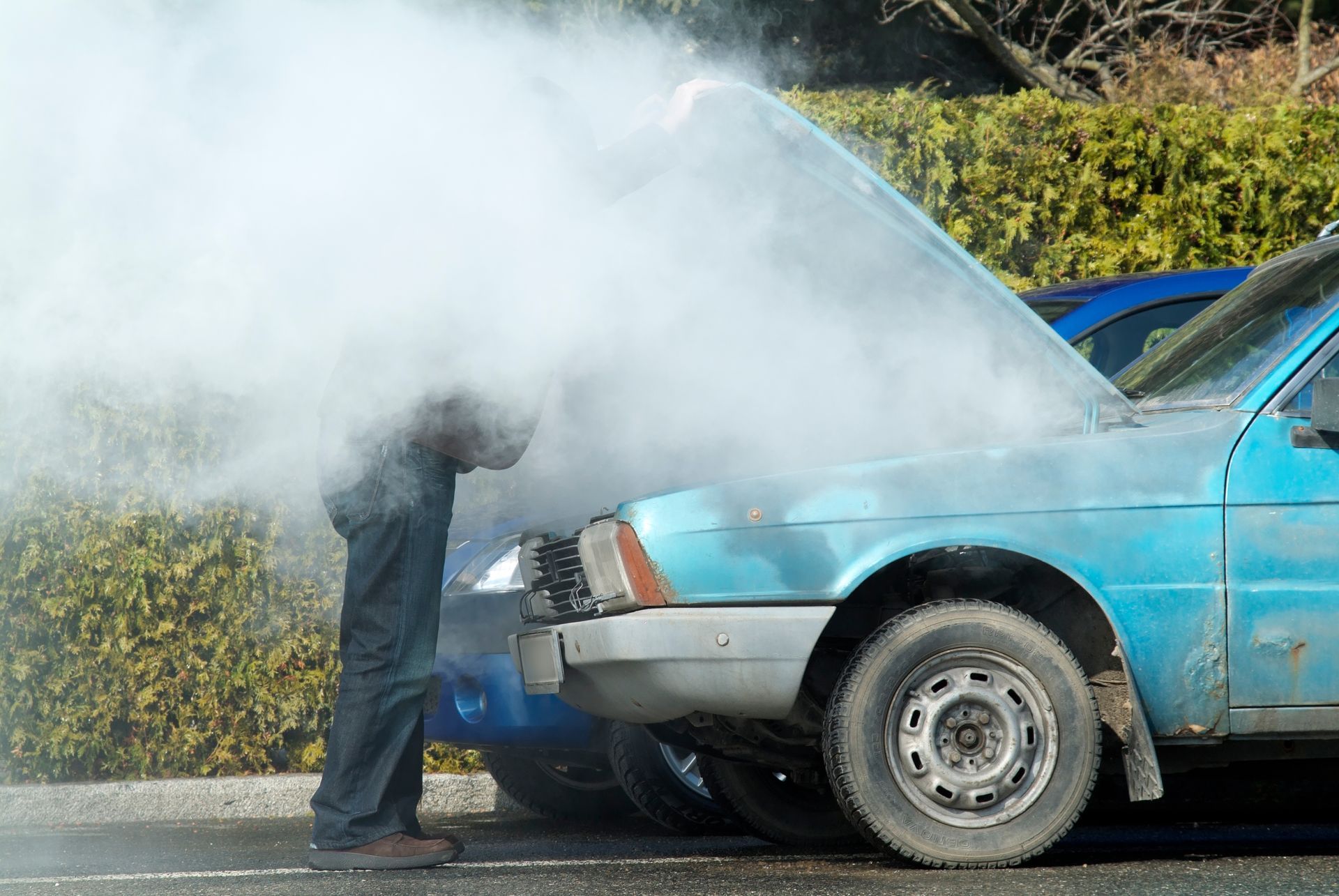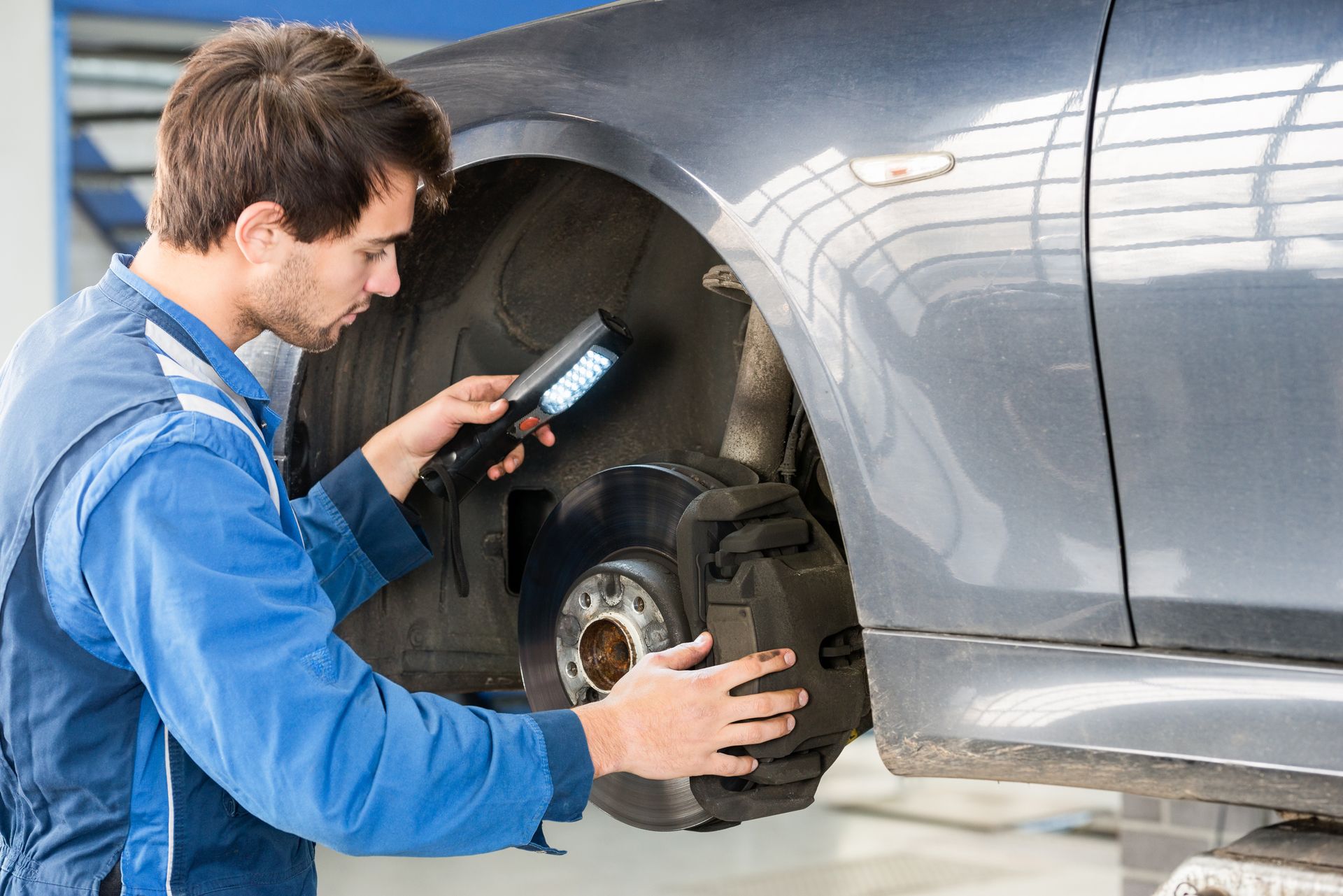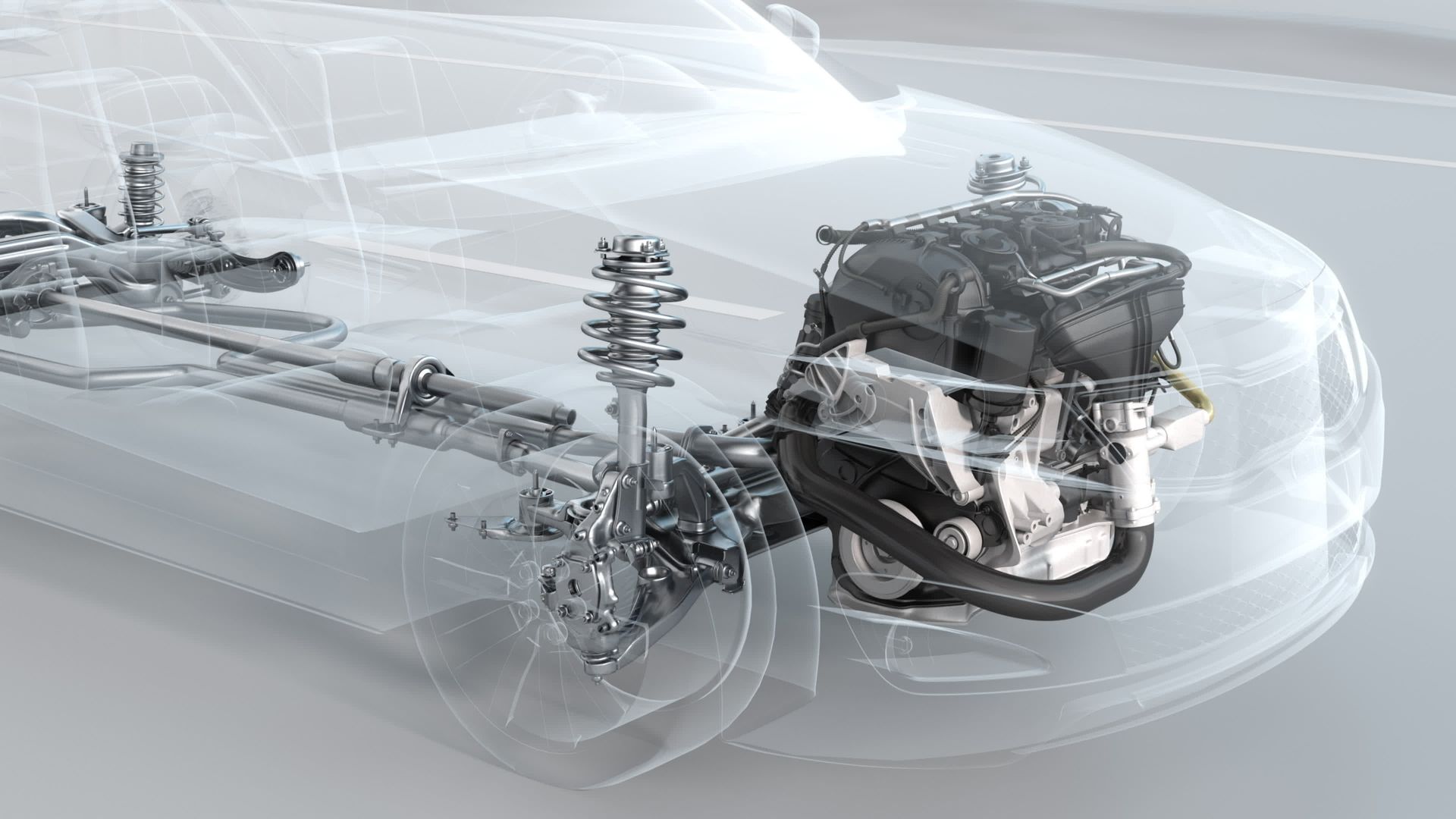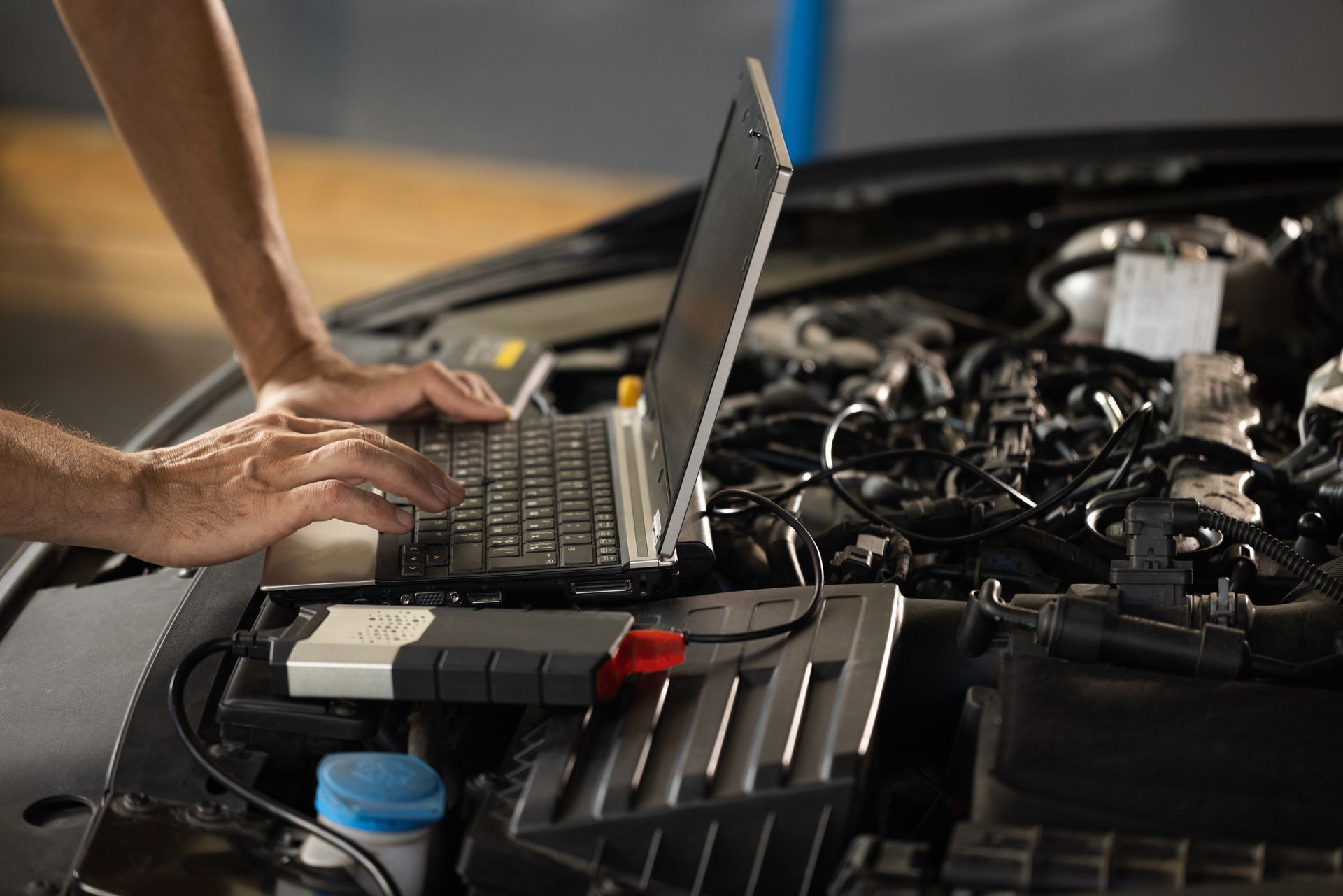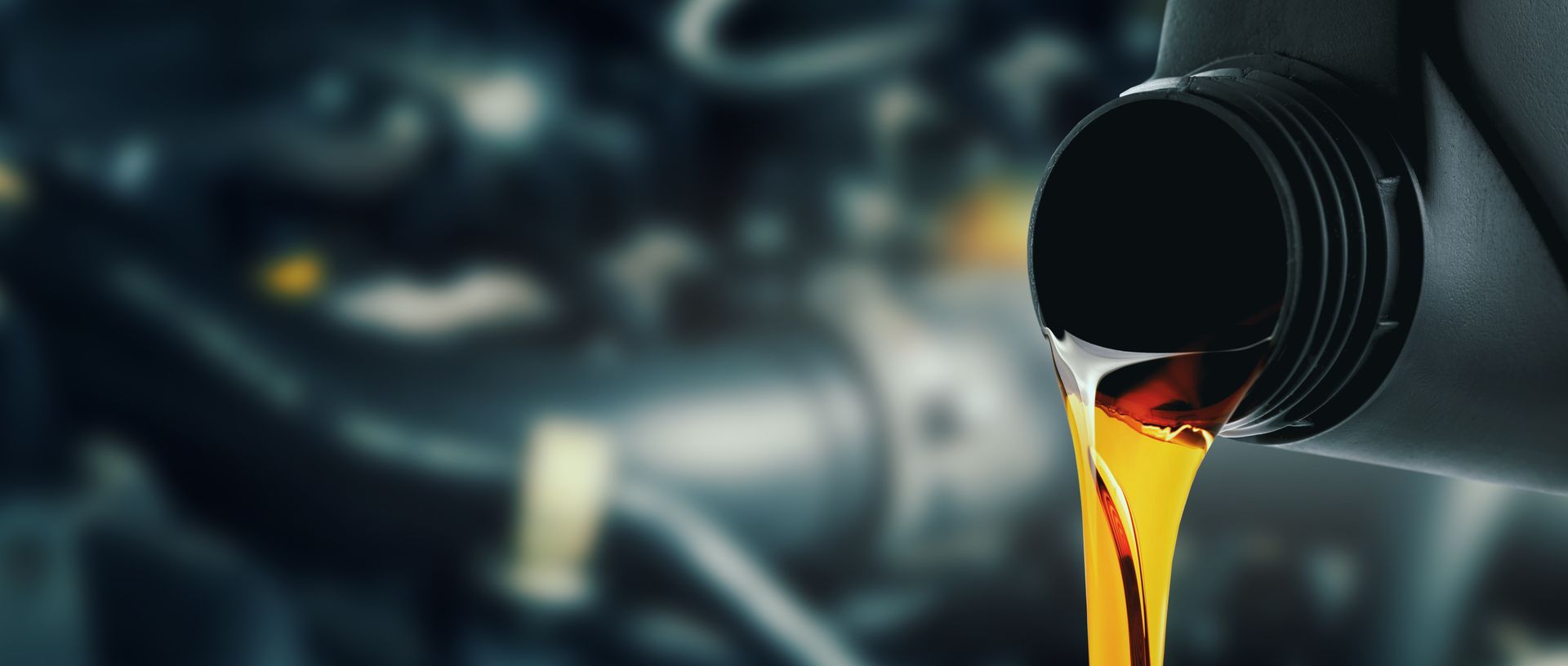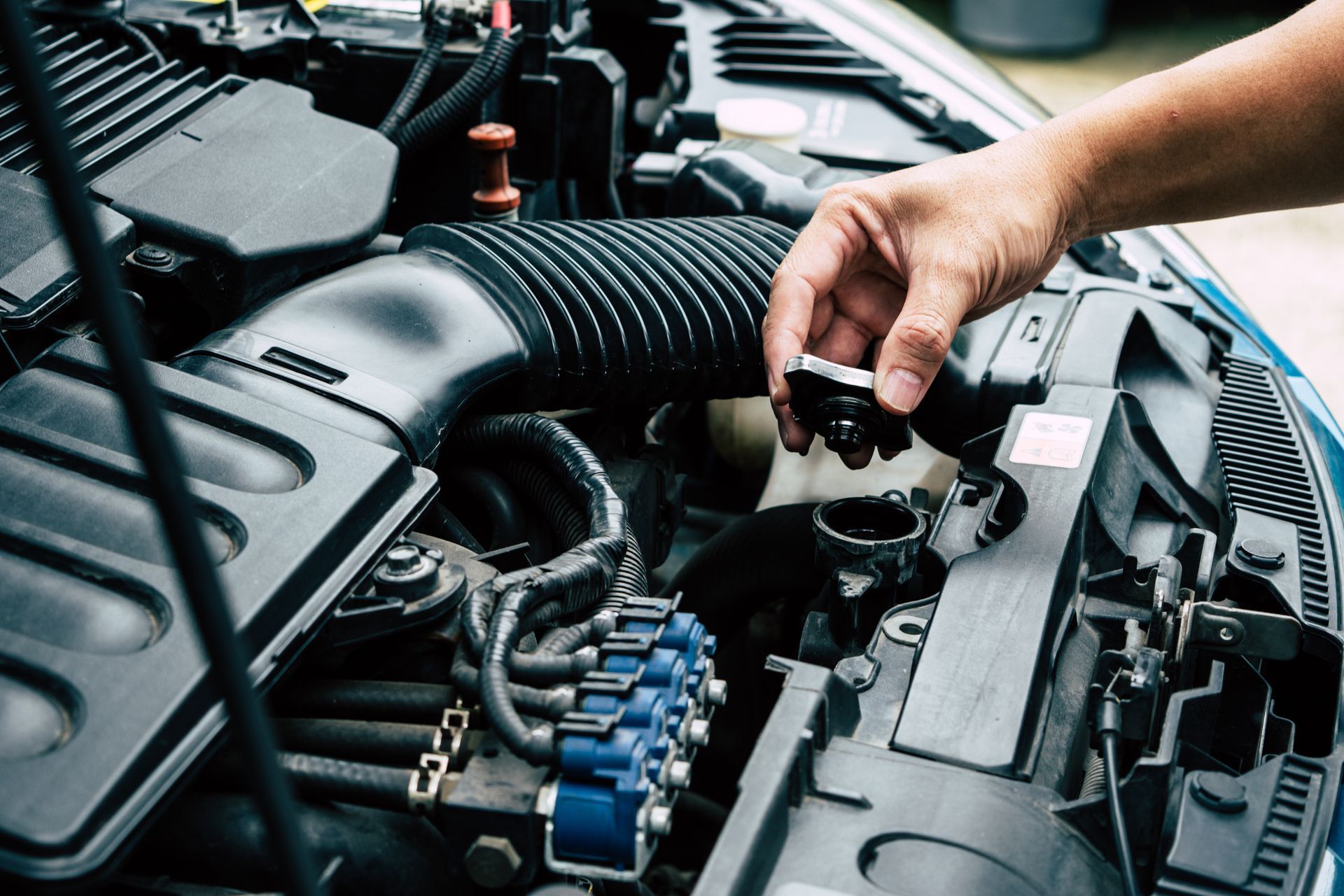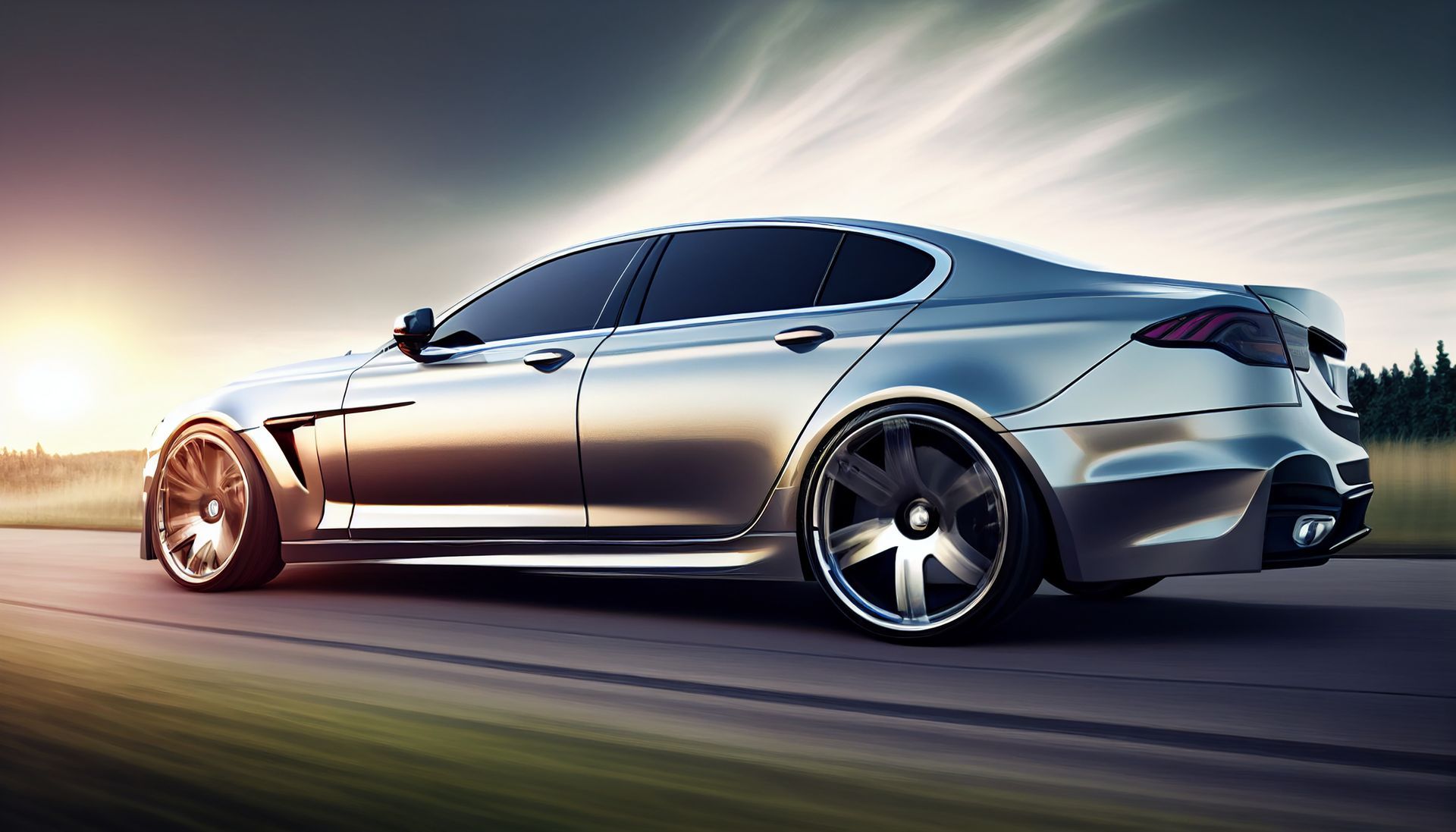13 Ida J Gadsen Dr Savannah, GA 31408
Loading ...
Missing business hours data / Error occurred while getting the data.
Loading ...
Missing business hours data / Error occurred while getting the data.
Suspension Bushings - What Are They & When To Change
Suspension Bushings - What Are They & When To Change
Are you familiar with the term "suspension bushings," but not entirely sure what they are or when they need to be replaced? If so, you're not alone. Suspension bushings play a crucial role in your vehicle's suspension system, yet they often go unnoticed until they start causing problems.
What Are Suspension Bushings
Suspension bushings are rubber or polyurethane components that act as cushions between various suspension parts, such as control arms, sway bars, and shocks or struts. Their primary function is to absorb road vibrations, reduce noise, and provide flexibility for the suspension components to move smoothly.
Types of Suspension Bushings
There are several types of suspension bushings, each serving a specific purpose:
Rubber Bushings
These are the most common types of suspension bushings found in vehicles. They offer a good balance of comfort and durability, absorbing vibrations effectively while providing sufficient flexibility for the suspension components.
Polyurethane Bushings
Polyurethane bushings are known for their durability and resistance to wear and tear. They offer improved performance and responsiveness compared to rubber bushings but may transmit more road noise and vibrations to the cabin.
Spherical Bearings
Also known as "rod ends" or "heim joints," spherical bearings offer maximum articulation and precision. They're often used in high-performance applications where precise suspension geometry is crucial.
Signs It's Time to Replace Suspension Bushings
Excessive Noise
If you notice clunking, squeaking, or banging noises coming from your vehicle's suspension, worn-out bushings could be the culprit. Over time, the rubber or polyurethane material may deteriorate, leading to increased noise and vibration.
Poor Handling and Stability
Worn suspension bushings can affect your vehicle's handling and stability, causing it to feel loose or floaty, especially when cornering or driving over bumps. You may also experience excessive body roll or uneven tire wear.
Vibration and Harshness
As suspension bushings wear out, they may lose their ability to absorb road vibrations effectively, resulting in increased vibration and harshness felt inside the cabin. This can lead to a less comfortable driving experience, particularly on rough roads or at higher speeds.
Uneven Tire Wear
Faulty suspension bushings can cause misalignment or uneven tire wear patterns, resulting in premature tire wear and reduced tire lifespan. If you notice uneven wear on your tires, it's essential to have your suspension system inspected, including the bushings.
Answering Your Questions (Q&A)
Can I replace the suspension bushings myself, or do I need a professional?
While some DIY enthusiasts may tackle suspension bushing replacement, it often requires specialized tools and expertise. For best results and safety, it's recommended to have suspension work performed by a qualified mechanic.
How often should suspension bushings be replaced?
The lifespan of suspension bushings can vary depending on factors such as driving conditions, vehicle age, and material quality. As a general rule of thumb, it's advisable to have them inspected during routine maintenance intervals and replaced if signs of wear are detected.
Are aftermarket suspension bushings worth considering for performance upgrades?
Aftermarket suspension bushings can offer improved performance and durability compared to OEM bushings, especially in high-performance or off-road applications.
For expert suspension repairs and maintenance, contact CARma Auto Care - we will schedule you for a visit and take care of all your car's needs.
Loading ...
Missing business hours data / Error occurred while getting the data.
Loading ...
Missing nap lines data / Error occured while getting the data.

